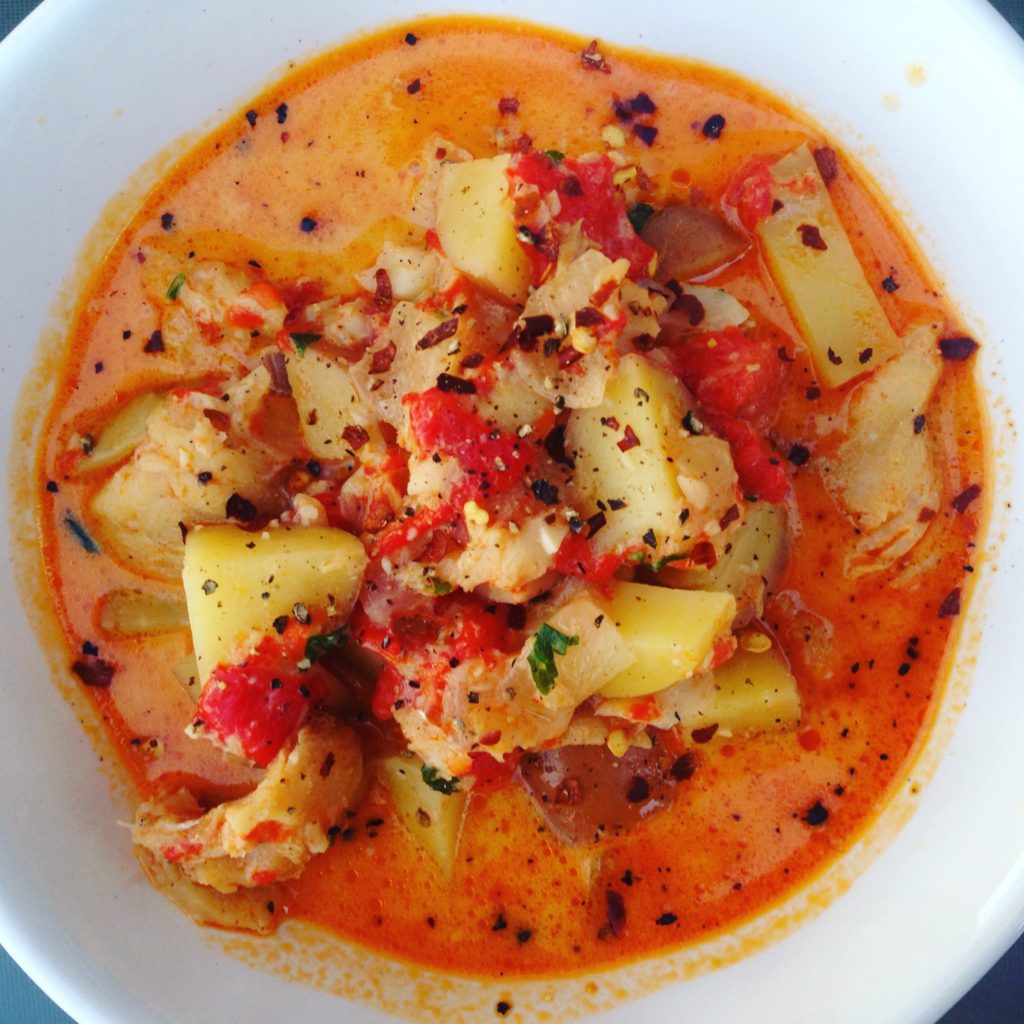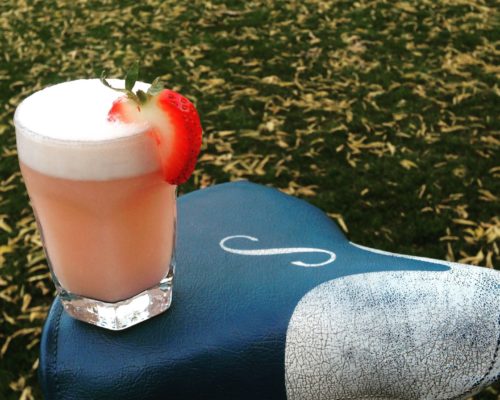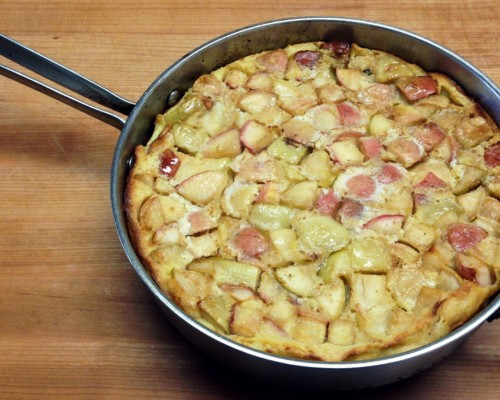Bad Chowder
On the 6th of July, 2015, I made a Bad Chowder.
My hosts1 were too kind to say so, but it was watery and flacid of flavor, barely qualifying as New England’s (in this case) famously creamy soup. Fortunately I was due at a dinner date, sparing us all the discomfort of sitting down together around this literal steaming pot of disappointment. That night (over the much more delicious meal I did not prepare) I resolved to learn the Great Mystery of Chowder, and to never again serve a substandard one.
Chowder Better2
In the year since, I’ve researched recipes, scoured dictionaries, computed ratios, and cooked countless batches, in kitchens (and styles) from Manhattan3 to Maine4. My hard-earned discovery? There is no Great Mystery of Chowder, but a Great Irony of Chowder: it’s really not so hard after all. Just one rule, and six equal parts.
Brothy & milky.
A feature ingredient.
A bonus vegetable.
The first rule of chowder
This isn’t Fight Club—you can talk about chowder. And so we shall. Beginning with its first and only rule. Do not add water. This was my fatal mistake on the 6th of July. Soups require the addition of liquid to, well, become something other than stir-fry. There are many flavorful fluids in the world, and every such addition is an opportunity to add flavor. Brothy, briney, sweet, creamy—the possibilities are endless5, and some of them are enumerated below. Only one liquid is entirely flavor free, and that’s precisely the one that caused irreparable damage to my chowder. Never again. No water.
Equal parts: Roots
Chowder is a tricky dish to define. We typically picture a creamy seafood soup—think New England clam—but popular versions like Manhattan and corn rule out both as defining attributes. Dictionary definitions give merit to our uncertainty, rife as they are with conditionals: soup or stew6, often prepared with milk or cream7, usually made with milk or tomatoes6. Yet no matter the chowder, two more modest ingredients are all but universal. These are our “root” ingredients, conveniently named for both their key role in the dish, and their underground provenance:
Onion

Kick things off by sautéing it in a fat of your choosing. Fat from the bacon you fried up first is a common and unassailable8 option. Leek is a flavorful alternative; be sure to clean it as well as your clams, or a mouthful of sand will transport you a bit too close to the sea.
Potato
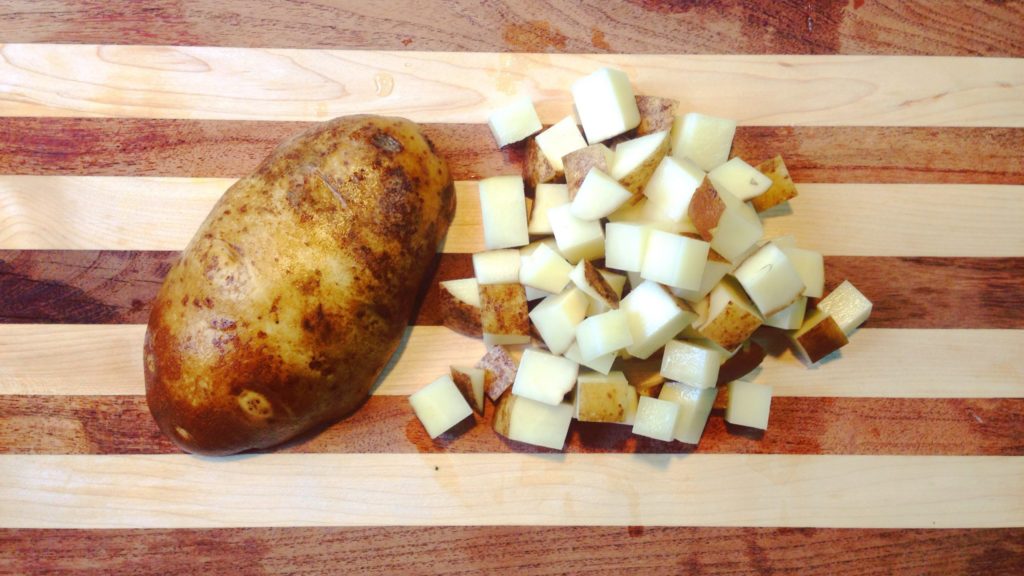
Opinions vary, but any and all will work. You probably don’t want them to disintegrate, so consider your varietal (and dice size) carefully before adding them to the chaudière (eponymous 12th century French proto-chowder pot9).
Equal parts: Fluids
Without water, how will we soupify our chowder? With any number of other delicious liquids. As long as each selection is yummy on its own and has a complementary color10 and flavor,11 it’d be hard to go wrong. A reliable and traditional starting point consists of equal parts:
Brothy
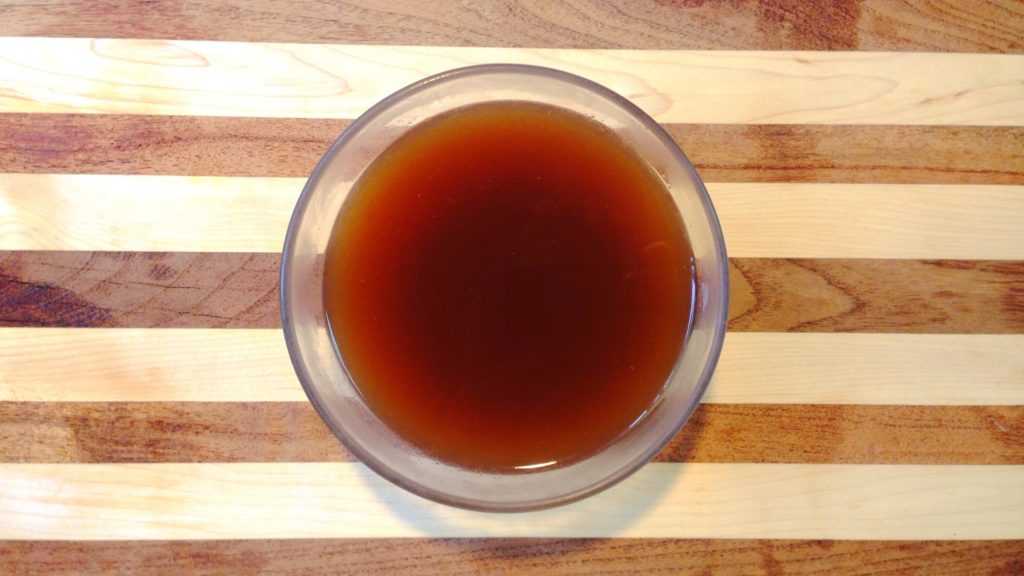
Depending on the chowder, vegetable, fish, or chicken stock are strong options. Bottled clam juice or your (grit-free) shellfish-cooking water are good choices. So too is white wine, though perhaps not exclusively. This savory section is perhaps also the best point at which to suggest the liberal addition of aromatics, of which thyme and bay leaf are traditional.
Milky
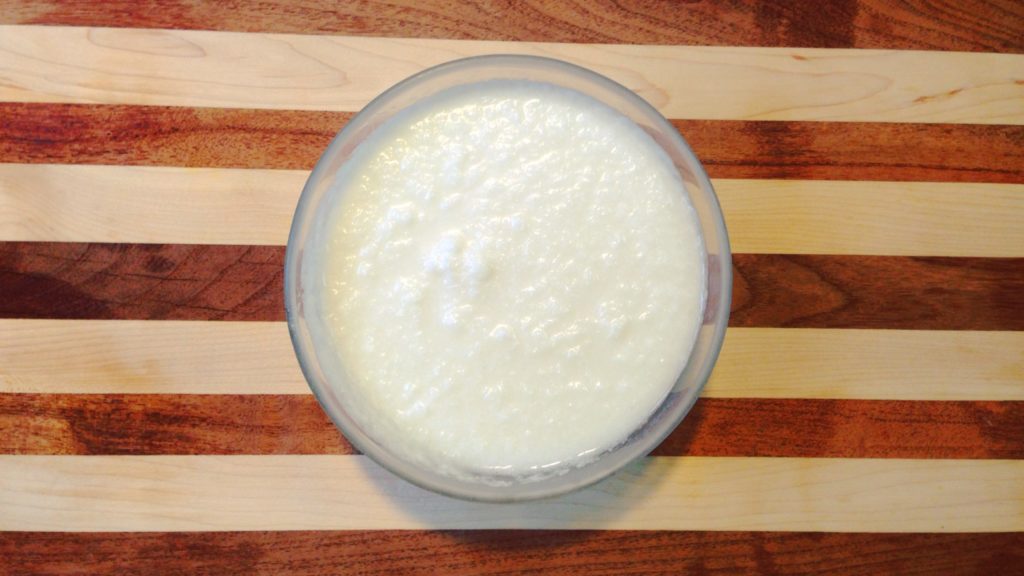
What counts as “milky”? Well, milk, obviously. (Whole milk, of course—if you’re considering skim, see Rule #1.) But they trailing “-y” is there for a reason: as an adjective, it gives us permission to improvise our way to a similar outcome. Half and half? Close enough! Heavy cream? Cut it with extra “brothy”, and you’ll end up with something “milky”. Coconut milk? Only if you have room for one more dinner guest. Non-dairy creamer? NO. Don’t make me add a Second Rule of Chowder.
Clearly, “milky” doesn’t apply for Manhattan clam chowder, but the adjustment could not be simpler. Replace it with an equal part “tomato-y”, and you’ve successfully relocated your stew to New Amsterdam.
Finally, if you are using milk or cream, add it last: if it boils, it curdles. Bring it up to a simmer if you dare, but I prefer to kill the heat and add it just before serving. This has the added advantage of dropping the temperature to not-quite-tongue-scalding.
Equal parts: Adventure
If the many improvisational avenues above weren’t enough, here’s your chance to really get creative.
Feature Ingredient
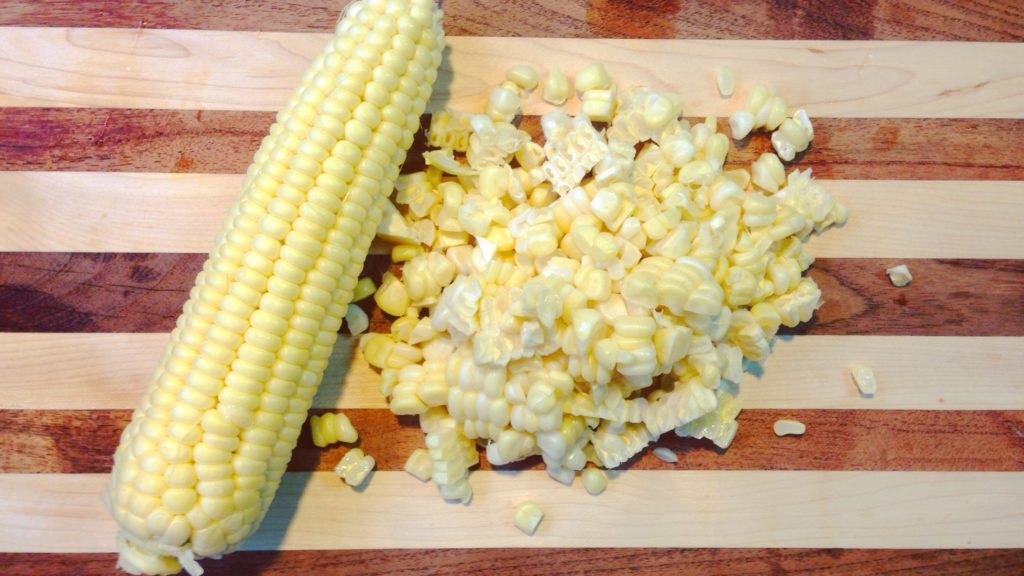
What kind of chowder are you making? This is that ingredient. Fish chowder: one part fish. Corn chowder: one part corn kernels (pictured). Clam chowder: one part clams. (Don’t count the shells.) Squid chowder? Well, no, but you get the point.
Bonus Vegetable(s)

I hope you said that out loud. If not, don’t worry, you get one more chance: Bonus Vegetable!12 Spinach provides visual interest to an otherwise lily-white dish.13 Corn frequently accompanies other chowders for sweetness and crunch. For the author, tomato and basil call to mind a particularly fond chowder memory. Alternatively, this could comprise carrot and celery, added with the onion to make a full foundational mirepoix.
Go forth and chowder
Chowder, as the dictionaries suggest, is more of a broad template than a specific soup. Whether yours is traditional or experimental, whatever its featured and bonus ingredients, and whichever regional flavor profiles it calls out; hew to these rough ratios, and you’ll be well on your way to something you can serve with justified pride.
Join the Virtual Potluck
They say you taste first with the eyes, and if you've given this recipe a go, we'd all love a visual nibble. What aggressive improvisation did you apply? Did it succeed brilliantly or fail spectacularly? To show off your marvel (or mess), dust off your smartphone:
